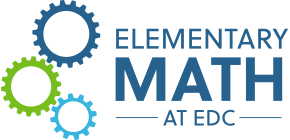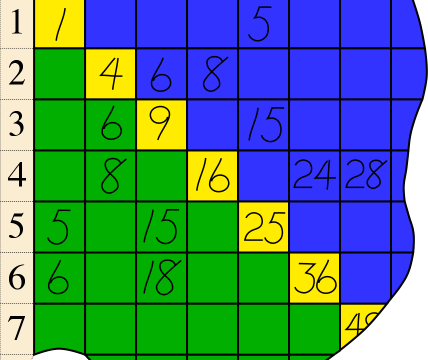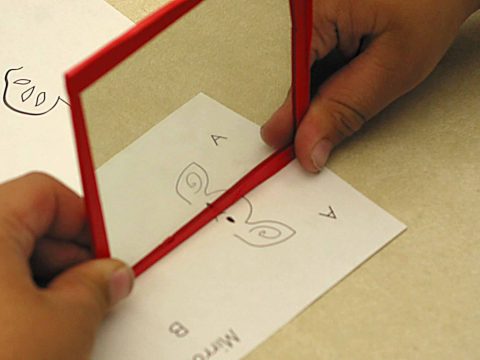Have a question about elementary mathematics content? Pedagogy? Language? Explore our library of posts answering questions teachers most frequently ask about elementary mathematics or ideas that they often want to investigate. These informational pages give insight and clarify concepts about elementary mathematics for teachers.
Do you have a question about a topic and do not see the answer below? Send a message to a member of our team!
Found 47 Results
November 21, 2019
A trapezoid is a quadrilateral with at least one pair of parallel sides. No other features matter. (In English-speaking countries outside of North America, the equivalent term is trapezium.)
November 21, 2019
Silent teaching is a teaching-without-talking technique in which a teacher uses examples instead of words to involve children.
November 4, 2019
Informally: When you multiply an integer (a “whole” number, positive, negative or zero) times itself, the resulting product is called a square number, or a perfect […]
November 20, 2019
Although there are many kinds of symmetry, elementary school generally presents only reflective symmetry (or “mirror symmetry”). As a result, school materials tend to use the […]
December 3, 2019
The number line is not just a school object. It is as much a mathematical idea as functions. Unlike the Number Line Hotel, hundreds charts, Cuisenaire rods, and base ten blocks, the number line is not just a pedagogical aid used only to help children learn; mathematicians refer to it, too.
January 10, 2020
Often enough, elementary school children will identify these figures as “triangles” even though they can say that triangles have three sides. Why? Partly because children (and, […]
January 10, 2020
Purpose: The most important purpose is to help children develop their attention, focus and concentration, and working memory (see What are students learning, below). Children also […]


